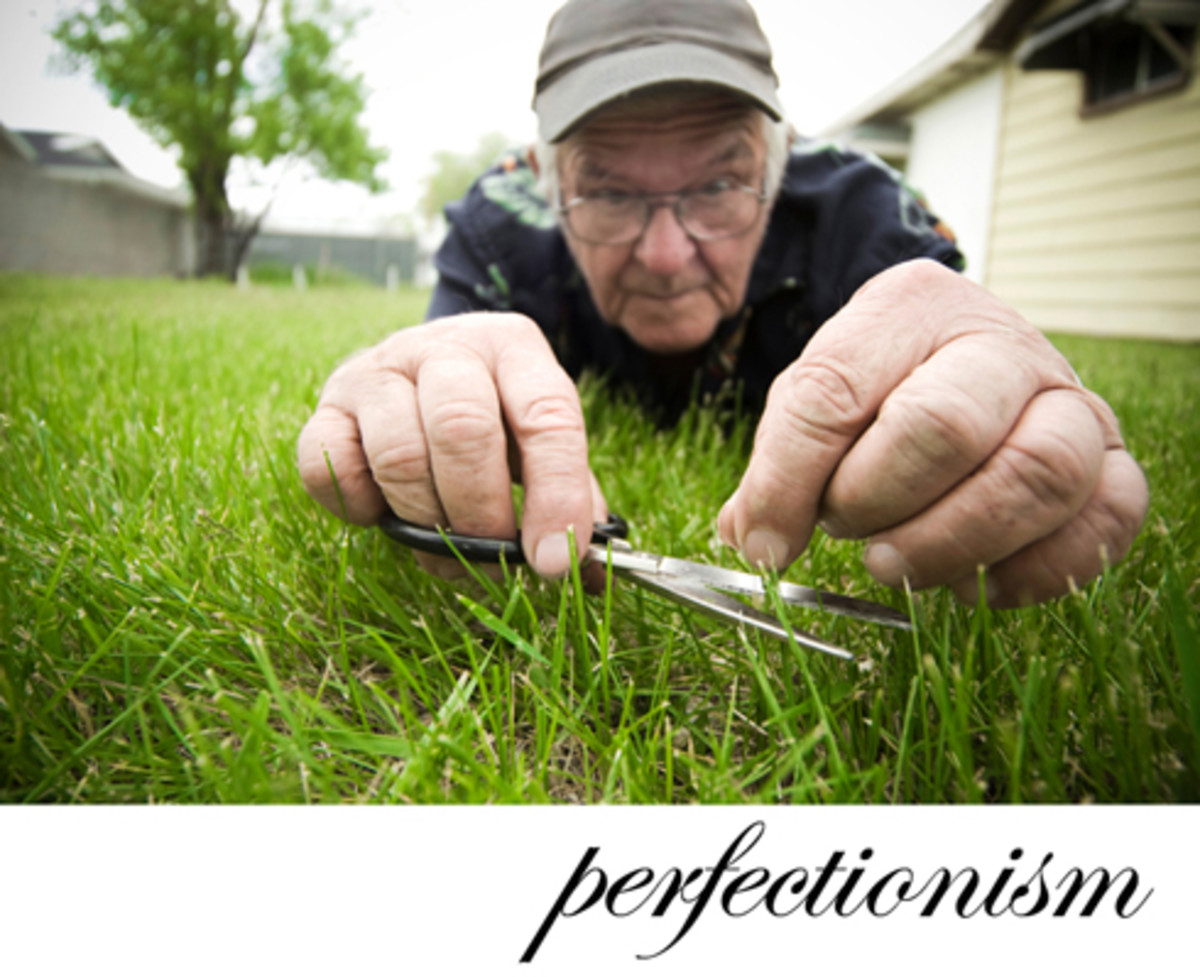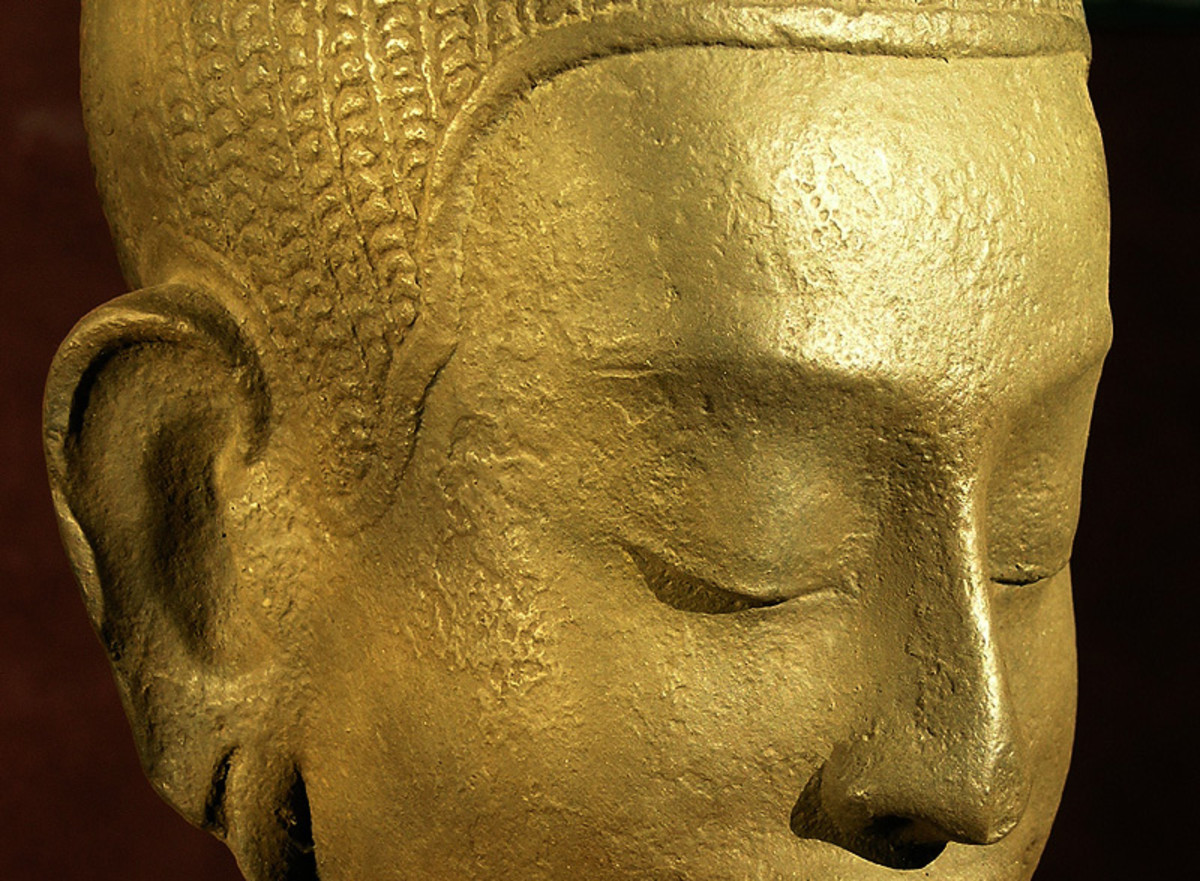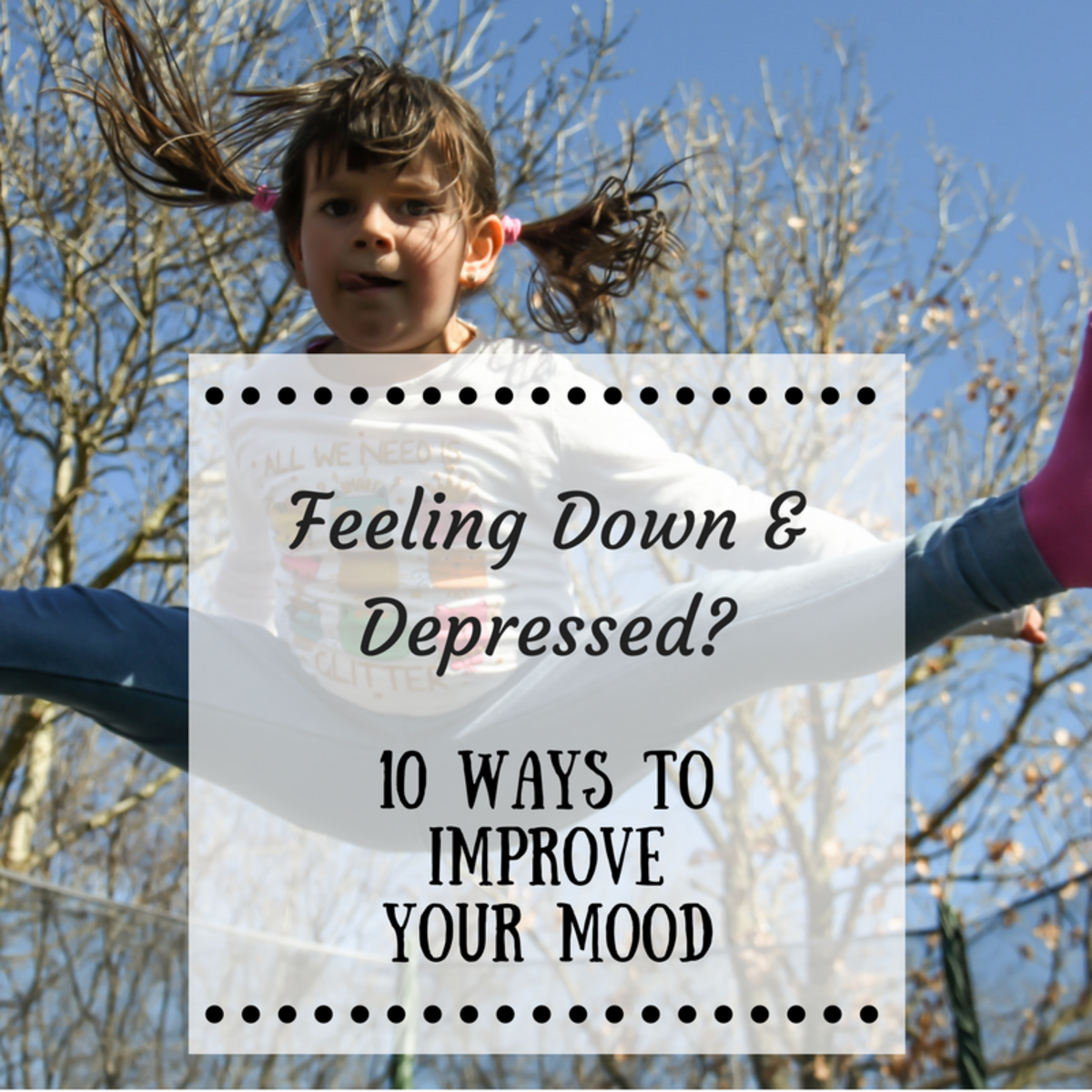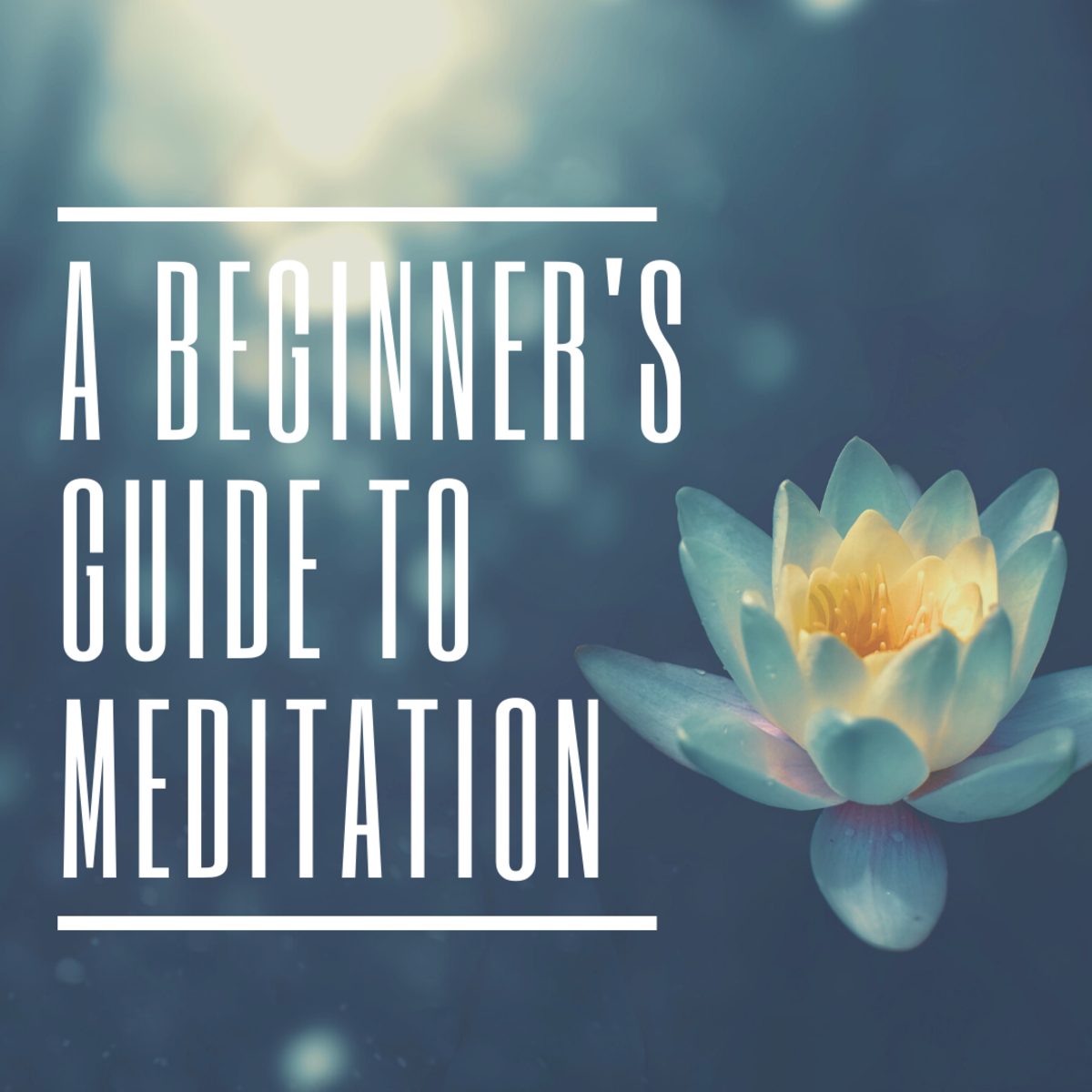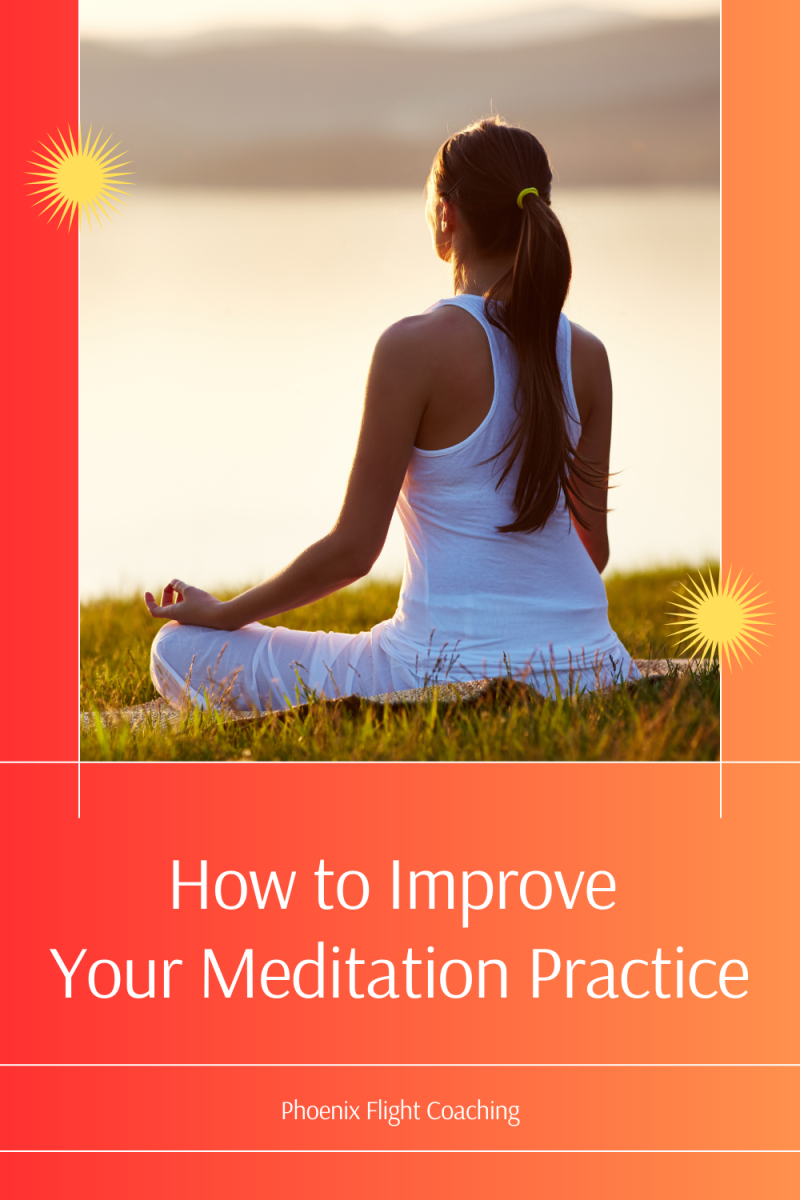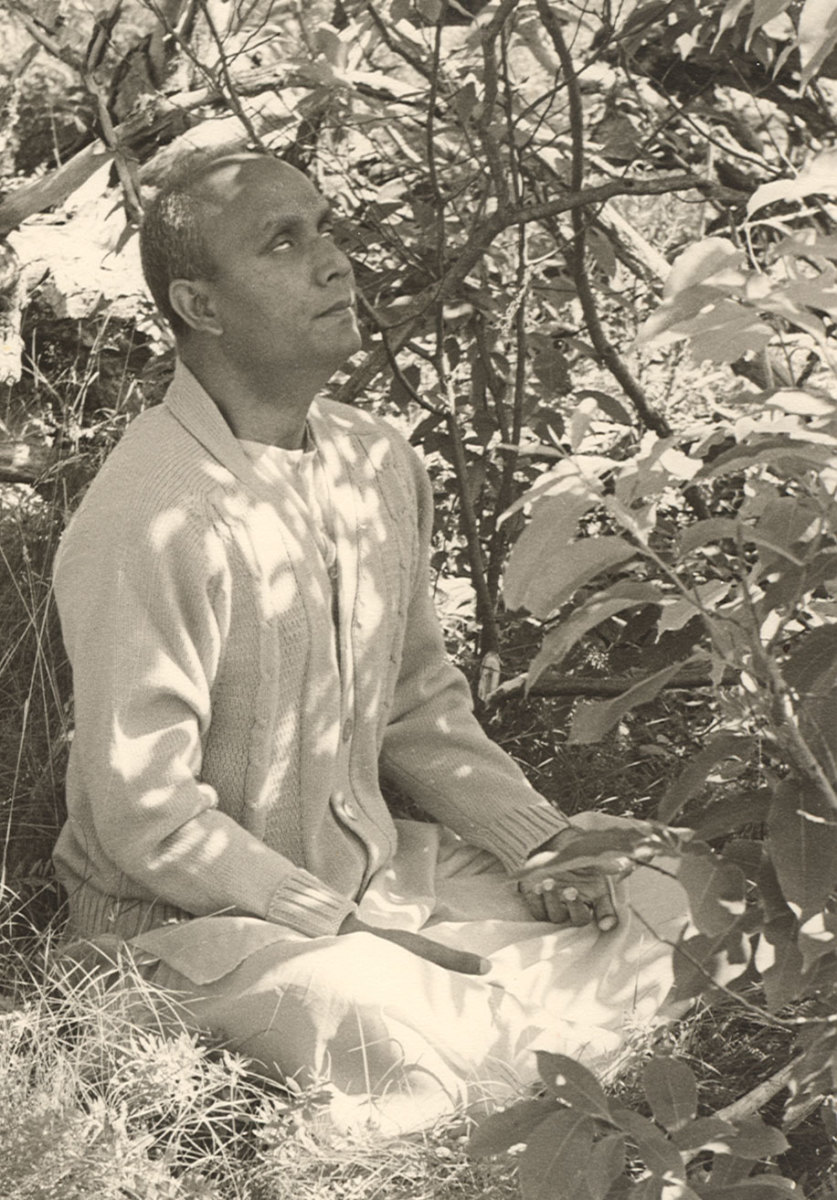How to Meditate for Perfectionists

I understand the perspective of a perfectionist, because I am one. When it comes to meditation, it can drive the perfectionist crazy. They say that you're not supposed to think any thoughts while meditating, but you likely find your mind constantly drifting. Sometimes, I find myself saying to myself, shh! Wait, don't think! Be quiet, mind! And, by the end of the meditation session, you find yourself not really satisfied because your were supposed to do it right and you just can't quite seem to get it perfect. I mean, three different thoughts actually drifted through your mind during your session and you're not supposed to think any thoughts.
Well, this might be difficult for many of you perfectionists to hear, but in order for a perfectionist to achieve a satisfying meditation session, you're going to have to let go of your perfectionism. Gasp! It's not that I don't want to let it go, it's just part of me, I can't help it. Well, that's your problem. When you meditate, you want to be in a state of complete allowance. Understand that you are going to have thoughts drift through your mind from time to time and that's normal. The idea is to not judge and analyze them. Simply notice them, allow them to be, and bring your attention back to your meditation.
Because it can be difficult to keep your attention on nothing, there are many meditation techniques that require your focused attention which help to quiet your mind. Some of these techniques are outlined later in this article.

Letting Go of Perfectionism
As a perfectionist, instead of judging yourself by how many thoughts you let slip in during your session, rather, focus on how you feel during your session. If you feel overwhelmed and frustrated during and/or after your session, you know that you're being too hard on yourself. You will get better with practice. You'll find yourself slipping into that meditative state easier and easier after each session.
Don't pay too much attention to the "right" way to meditate. All you need is to be in a comfortable place where you won't be interrupted, with comfortable clothes and in a comfortable position. The only thing to watch out for is being so comfortable you might fall asleep, though this isn't that serious of a problem. With practice, you'll stop sleeping through your sessions.

Simple Meditation Techniques
Sometimes it's helpful to do meditations that give you something specific to continue to focus on. This way, the mind doesn't run wild and if you do notice a thought here or there slipping in, gently refocus your attention on whatever object of focus you have chosen.
Here are some simple examples of different meditations you can try. With meditation, it's not about doing it right or wrong, but simply about finding what works for you. When you find a technique that feels good to you, stick with it. If you enjoy mixing it up, go for it. Pay attention to how you feel and let that be your guide, rather than trying to do it "perfectly."
Recommended Books on Meditation
Feel the Aliveness: I learned of this technique while reading A New Earth by Echkart Tolle. It's simple yet powerful. All you do is focus on feeling the aliveness in your body, without using words, thoughts or judgement. Simply feel it. Try it now by feeling the aliveness in your hand. If you closed your eyes, how would you know that your hand was still there without moving it? You might feel some tingling or warmth in your hand. Once you can feel the aliveness in your hand, continue feeling the aliveness in other parts of your body, until you can feel it throughout your entire body.
Breathing Meditations: Focusing on your breath is a very relaxing, simple and common meditation technique. Relax, close your eyes and gently feel the air moving in and out. Simply feel your breathing, don't force it. If you notice a thought come to mind, simple notice it, let it go and refocus on your breath.
Guided Audios: There are many guided meditations available you might be interested in trying. I personally enjoy guided meditations because I don't have my own thoughts running through my mind when I have someone else to listen to. Many of these guided meditations include an induction phase that helps to get you into a meditative state.
Self-hypnosis: If you're not familiar with it, self-hypnosis might initially sound a little strange. However, I feel that it is just another form of meditation. In self-hypnosis, you use an induction to get into a deeply relaxed, meditative state and once in that state, you feed yourself positive affirmations that you would like to reach your subconscious. I first learned of and tried self-hypnosis by Dr. Robert Anthony.
Deepak Chopra Explains Mantras
Mantras: Mantras are words or phrases, many times ancient and spiritual, that you repeat and focus on during meditation. The most common, and most joked about mantra, is "aum." You can get guided meditation audios from Dr. Wayne Dyer that basically chants "aum" for 15 minutes. All joking aside, mantras can be powerful and extremely helpful to getting yourself into a state of deeper connection with source energy.
Move the Energy: I learned this technique from a course on Quantum Touch by Richard Gordon. Though not exactly intended as a meditation, I have used it many times as a meditation and have had great success with it. When you move energy through your body, you want to get as much sensation as possible. Imagine that you run your hands up your legs and notice the sensation. Continue feeling the sensation all the way up to the top of your head and then down your arms, with the energy leaving your hands. You can try cupping your hands together to "collect" the energy. Try to get the sensation to feel stronger and stronger in your hands. Pair this energy sweeping with deep breathing. Breath in for 4, imagining the energy running all the way from your feet to your head. Breath out for 4, imagining the energy running down your head, down your arms and out your hands. Try to get as much sensation running through your body as possible.
Water Rising: For this meditation induction, imagine water slowing rising all around you. Begin at your feet and feel the water gradually begin to rise. The trick here is to feel every body part, slowly and fully. Spend about 10 minutes letting the water rise. After you are completely submerged, allow yourself to be completely absorbed by the feeling of deep relaxation. Empty your mind and enjoy the experience.
Smile: This meditation is so simple yet so beautiful. All you do is smile. Even if you don't feel like it, smile, and just see how it feels. Allow the feeling of well-being to completely envelop you. If any thoughts come to your mind, gently release them and refocus on how it makes you feel to smile.

Though meditating when you are a perfectionist can be frustrating, with practice you will slowly get better at being able to simply let your thoughts drift away. Don't get discouraged if you don't feel you're doing it perfectly. Being able to let go of all judgement is the key stepping stone to having satisfying meditation sessions. Focus on feeling good. What makes you feel good? Which meditation techniques make you feel the most relaxed, the most at peace? When it comes to meditation, it's not about doing it right or wrong, it's about feeling good. It's about building a connection to that source energy that so many of us crave. This will take a lifetime of practice, and even then it won't be perfect. So let go and enjoy now.


